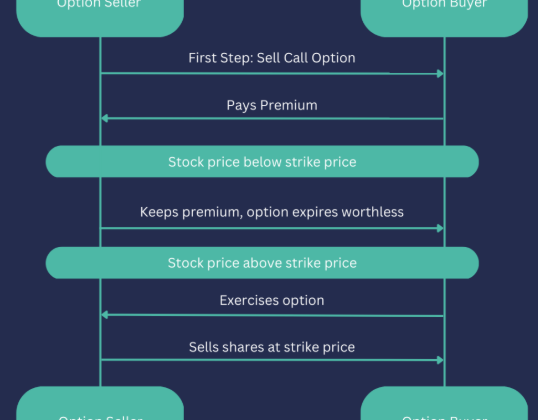
Valuing a commercial property can be complex, but it is essential for investors to understand the methodologies that drive property pricing. Commercial real estate valuation is influenced by various factors, and while several methods are commonly used, the true value of a property is ultimately what a buyer and seller agree upon. In this article, we will explore four primary approaches to calculating commercial property value, and how each plays a role in investment decisions.
Why Property Value Matters in Commercial Real Estate
The price of a commercial property is one of the most critical factors in determining investment returns. Whether you’re buying or selling, getting the value right is crucial for maximizing profits.
- During the Purchase: Paying too much for a property can lead to lower returns, even if the property performs well. Investors aim to buy at the lowest price possible to ensure a healthy profit margin over time.
- During the Sale: When selling, the goal is to secure the highest price, as the difference between the original purchase price and the sale price often represents the investor’s profit.
What Influences the Value of Commercial Real Estate?
Several factors impact the valuation of commercial property. These include:
- Comparable Sales: The sale of similar properties in the same market helps establish a benchmark value for a property.
- Capitalization Rates (Cap Rate): This rate reflects the potential return an investor might expect if purchasing the property with all cash. A lower cap rate indicates lower perceived risk, while a higher cap rate signals higher risk, which leads to a lower price.
- Replacement Costs: If a property could be replaced at a cost similar to or lower than its current value, new competition could emerge, affecting its value.
- Market Conditions: Economic trends and local demand for rental space influence rental rates, which directly impact property value.
- Property Utility: Properties that serve critical functions in desirable locations, such as grocery stores or banks, tend to be more valuable.
- Supply and Demand: Limited supply and strong demand typically lead to higher rental rates and property values. Conversely, oversupply in a market can depress rental income and property values.
- Transferability: Highly transferable properties—those in high demand and easily sold—are generally more valuable than less desirable properties.
4 Methods for Valuing Commercial Real Estate
Here are the four primary approaches used to determine a commercial property’s value:
1. The Cost Approach
The cost approach assumes that a rational buyer would not pay more for a property than it would cost to build a similar one from scratch. The formula for this method is:
Property Value = Replacement Cost – Depreciation + Land Value
The replacement cost is determined by estimating the cost of building a property with the same utility, while depreciation accounts for the property’s wear and tear over time. Land value is calculated by comparing recent sales of similar land parcels.
While commonly used for residential properties, the cost approach is also applied in commercial real estate valuations, particularly when dealing with new or unique properties.
2. The Income Approach
The income approach, also known as the income capitalization approach, is one of the most widely used methods for valuing commercial properties. It calculates the value based on the property’s potential income, using the following formula:
Property Value = Net Operating Income (NOI) / Capitalization Rate (Cap Rate)
Net Operating Income is the property’s gross rental income minus operating expenses. The cap rate is typically derived from market data on similar properties. This approach is often preferred for properties that generate consistent rental income, such as office buildings or apartment complexes.
3. The Sales Comparison Approach
This method involves comparing the property being valued to similar properties that have recently sold in the same area. By making adjustments for differences in size, location, condition, and amenities, appraisers can estimate a fair market value. This approach is more commonly used in residential real estate, but can be applied to commercial properties in certain cases.
4. The Gross Rent Multiplier (GRM) Approach
The Gross Rent Multiplier is a metric used to estimate the value of an investment property based on its gross rental income. The calculation involves two steps:
- Calculate the Gross Rent Multiplier for comparable properties: GRM = Sales Price / Annual Gross Rent
- Apply the GRM to the estimated gross rental income of the property being valued.
For example, if comparable properties have a GRM of 10 and the property being evaluated generates $500,000 in annual gross rent, the estimated value would be $5,000,000.
Conclusion: Which Valuation Method Should You Use?
Valuing commercial real estate requires a combination of data-driven methods and informed assumptions. The cost approach, income approach, sales comparison approach, and gross rent multiplier are the most commonly used methods, each serving a specific purpose depending on the property type and market conditions.
In practice, these methods are used together to provide a comprehensive view of a property’s potential value. While the final price is ultimately determined by the negotiation between buyer and seller, understanding these valuation approaches is essential for making informed investment decisions.









